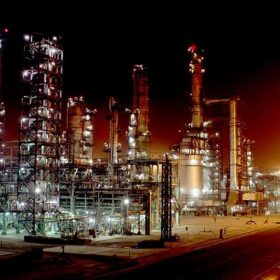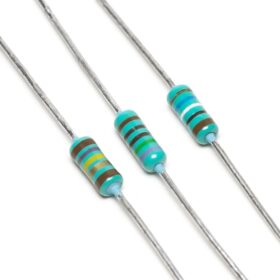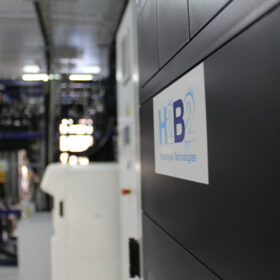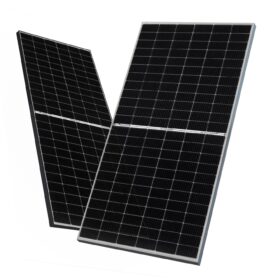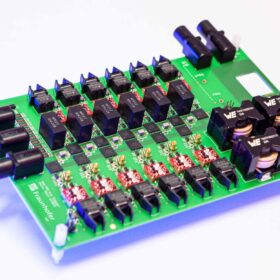KPIT testing sodium-ion battery packs in three-wheelers
The sodium-ion battery technology has been designed and developed by KPIT Technologies.
Lightweight solar panel provides solution for rooftop installations
Australian installer UV Solar has rolled out a new frameless solar panel that manufacturer GoodWe says is 60% lighter than conventional PV modules, making it ideal for rooftops that are unable to support traditional PV and racking.
Redarc unveils 150 Ah lithium battery
The Alpha 150 battery, produced in the Netherlands by Australian electronics manufacturer Redarx, has a lifespan of more than 5,000 cycles and a continuous discharge rating of 200 A.
Indian Oil assessing multiple pathways for green hydrogen production
The State-owned oil and gas major is assessing green hydrogen production based on solar electrolysis, biomass gasification, and bio-methanation.
JSW Steel to use green hydrogen for steelmaking at Vijayanagar plant
JSW Energy will set up a 3,800 tonnes per annum (tpa) green hydrogen plant for supply to JSW Steel. Green hydrogen production at the plant will be powered by 25 MW of renewable energy.
Using shunts to spot PV module degradation
Scientists in Ireland investigated the effect of shunt resistance on a PV cell’s electrical performance. The group says its finding could potentially lead to the development of models for early detection of various forms of cell degradation, allowing for intervention to repair or replace components before major power losses occur.
GreenH building 1 GW electrolyzer fab in India
The company’s manufacturing plant in Haryana will produce proton exchange membrane (PEM) electrolyzers based on the technology from its Spanish parent firm H2B2 Electrolysis. The plant will start production by October.
TOPCon PV modules outperform PERC by more than 5% in energy yield tests
A study by TÜV Nord in Malaysia shows that the latest generation of tunnel oxide passivated contact (TOPCon) modules surpass their older rivals on energy yield. The researchers compared n-type TOPCon modules with older p-type PERC modules, both manufactured by JinkoSolar over a three-month period earlier this year. The newer product showed an energy yield 5.69% higher than its PERC counterpart.
UK coal-fired power plant site to host 1,040 MW/ 2,080 MWh battery
Independent energy infrastructure developer Carlton Power has secured planning consent for a 1,040 MW/ 2,080 MWh battery energy storage system (BESS). The project is expected to strengthen the resilience of the energy system in northwestern England.
German research institute unveils 99.74% efficient power electronics for solid-fuel heat pumps
Germany’s Fraunhofer Institute for Applied Solid State Physics (IAF) has developed an ultra-efficient circuit topology for voltage converters with an electrical efficiency of 99.74%. The tech could considerably raise the coefficient of performance for electrocaloric heat pumps and the scientists are now considering components based on semiconductor gallium nitride (GaN) for higher power density and efficiency.



